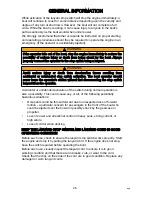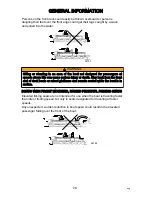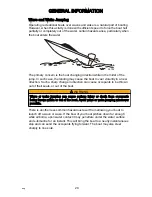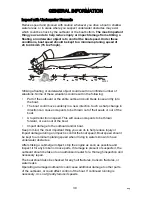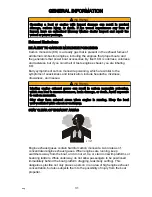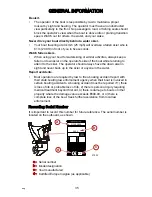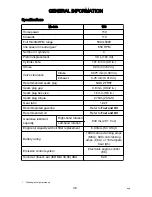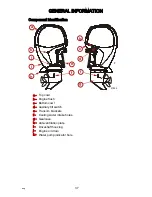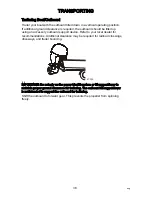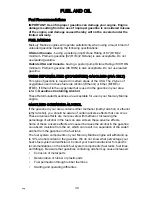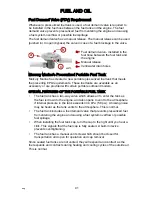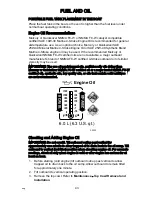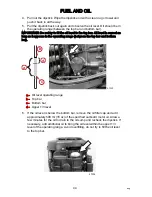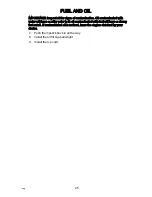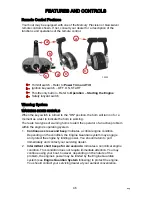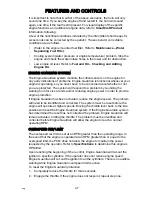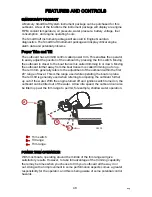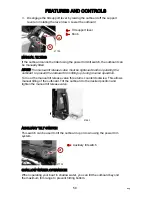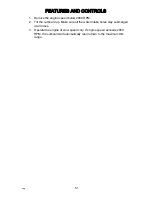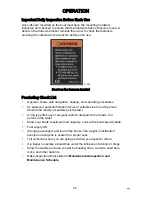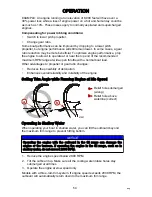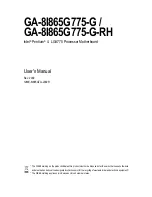
!
WARNING
Fuel leakage is a fire or explosion hazard, which can cause serious injury or
death. Periodically inspect all fuel system components for leaks, softening,
hardening, swelling, or corrosion, particularly after storage. Any sign of
leakage or deterioration requires replacement before further engine
operation.
Because of possible adverse effects of alcohol in gasoline, it is recommended
that only alcohol‑free gasoline be used where possible. If only fuel containing
alcohol is available, or if the presence of alcohol is unknown, increased
inspection frequency for leaks and abnormalities is required.
IMPORTANT: When operating a Mercury Marine engine on gasoline containing
alcohol, storage of gasoline in the fuel tank for long periods should be avoided.
Long periods of storage, common to boats, create unique problems. In cars,
alcohol‑blend fuels normally are consumed before they can absorb enough
moisture to cause trouble, but boats often sit idle long enough for phase
separation to take place. In addition, internal corrosion may take place during
storage if alcohol has washed protective oil films from internal components.
Fuel Additives
To minimize carbon deposit buildup in the engine, it is recommended to add
Mercury or Quicksilver Quickstor fuel stabilizer additive to the engine's fuel at
each tank fill throughout the boating season. Use additive as directed on
container.
Low Permeation Fuel Hose Requirement
Required for outboards manufactured for sale, sold, or offered for sale in the
United States.
•
The Environmental Protection Agency (EPA) requires that any outboard
manufactured after January 1, 2009, must use low permeation fuel hose
for the primary fuel hose connecting the fuel tank to the outboard.
•
Low permeation hose is USCG Type B1‑15 or Type A1‑15, defined as not
exceeding 15/gm²/24 h with CE 10 fuel at 23 °C as specified in SAE J
1527 ‑ marine fuel hose.
EPA Pressurized Portable Fuel Tank Requirements
The Environmental Protection Agency (EPA) requires portable fuel systems
that are produced after January 1, 2011, for use with outboard engines to
remain fully sealed (pressurized) up to 34.4 kPa (5.0 psi). These tanks may
contain the following:
•
An air inlet that opens to allow air to enter as the fuel is drawn out of the
tank.
•
An air outlet that opens (vents) to the atmosphere if pressure exceeds
34.4 kPa (5.0 psi).
FUEL AND OIL
40
eng
Summary of Contents for 150 FourStroke
Page 2: ...eng ...

